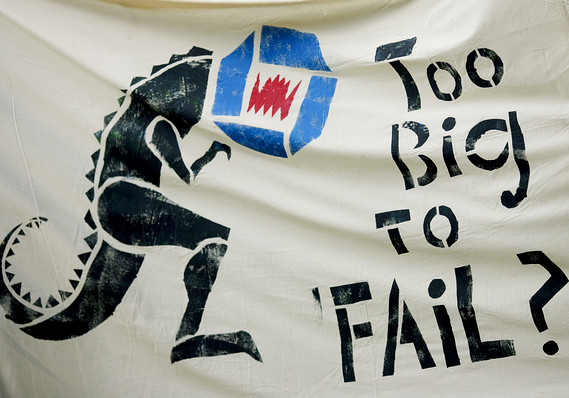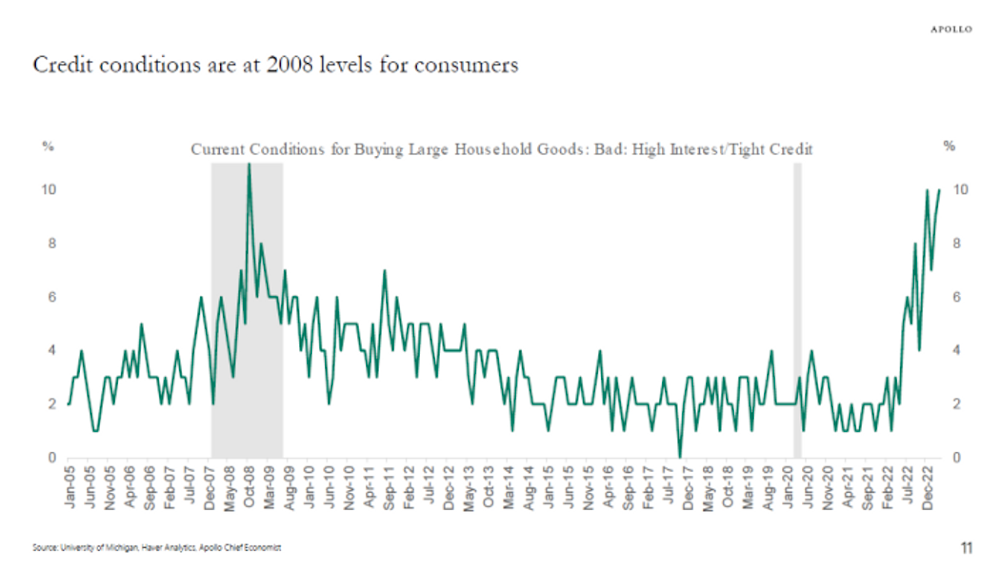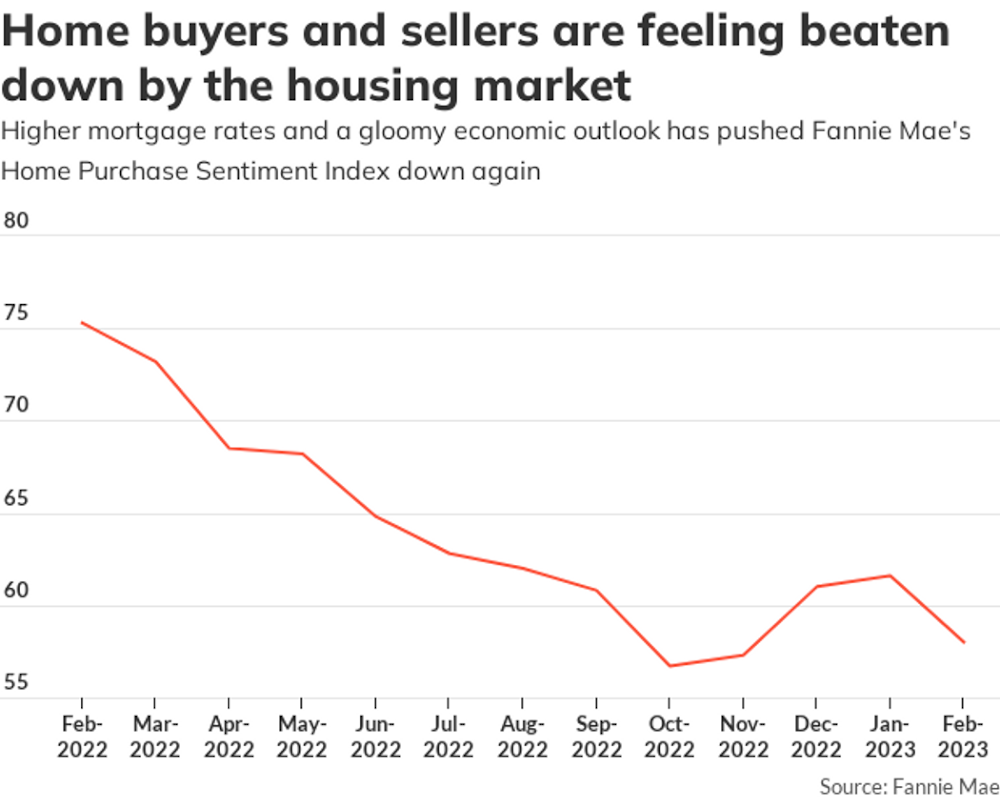NEW YORK (Dow Jones)
Costs for taking back faulty years-old mortgages have become a real drag on big banks' earnings--and the worst looks yet to come.
The four largest U.S. commercial banks booked $2.5 billion in charges in the second quarter to handle a growing pile of mortgage-repurchase requests, most notably from government-backed mortgage investors Fannie Mae (FNMA) and Freddie Mac (FMCC), according to regulatory filings. Those costs have more than doubled in the last year as big buyers and insurers of mortgages during the housing boom scour delinquent borrowers' files for signs of shoddy documentation or poor underwriting--all in an effort to send the bill for the loans' losses back to the banks that originated them.
At Bank of America Corp. (BAC), the nation's largest bank by assets, costs for handling years-old bad mortgages were $1.2 billion in the second quarter, up nearly three-fold from a year ago. In comparison, the bank earned $3.1 billion in the second quarter.
J.P. Morgan Chase & Co. (JPM), the second-largest bank by assets, said its second-quarter mortgage-repurchase provision more than doubled over last year's second quarter to $667 million. The bank's net income in the quarter was $4.8 billion.
Citigroup Inc. (C) said revenues in its consumer-lending unit fell 15% over last year, in part from higher repurchase requests. The bank's total second-quarter costs for taking back loans were $347 million, up from $103 million a year ago. Net income in the quarter was $2.7 billion.
Wells Fargo & Co. (WFC) disclosed second-quarter costs of $346 million to offset current and future losses from loan repurchases; the bank's disclosures a year ago don't offer a full comparison. The bank's net income in the quarter was $3.1 billion.
All four banks added to their reserves for future repurchase costs and cautioned that costs could grow. Spokespeople for all four companies declined to comment.
For banks, mortgage-repurchase liabilities are a delayed hangover from the nationwide housing-market meltdown that rocked banks' balance sheets two years ago and sent the U.S. and world economies into a tailspin. After losing billions from investments and traditional loans, and more lately facing steep costs from new regulations, big banks are also being hammered by investors who purchased or insured now-failing mortgages during the housing boom.
In the aftermath of the financial crisis, government-backed buyers of real estate loans are trying to claw back losses from banks even as other government agencies, like the U.S. Treasury, have worked to nurse the banking industry back to health. In addition to Fannie Mae and Freddie Mac, the Federal Reserve Bank of New York has said it, too, could demand that banks repurchase bad mortgages that wound up sitting in investments that the New York Fed inherited from its unprecedented 2008 bailouts of Bear Stearns and American International Group Inc (AIG).
In some cases, banks said they simply compensated mortgage investors or insurers for losses by writing lump-sum checks--and those costs are rising fast, even if from modest levels.
Bank of America cut checks worth $462 million to settle faulty loans in this year's first and second quarters combined, up nearly four-fold from the same time last year. Beneath the headline costs, banks' comments and disclosures portray a time-consuming tussle whereby purchasers or insurers of failing mortgages demand to review actual loan files, then comb through them for signs of inadequate underwriting, erroneous appraisals or even missing documentation--all in an effort to bill the losses back to the bank. The to-and-fro consumes money and staff, but banks have said they're bracing for a long battle. "It's a loan-by-loan fight," Bank of America Chief Executive Brian Moynihan told investors in March. "This will be a war that will go on for a while."




















No hay comentarios:
Publicar un comentario